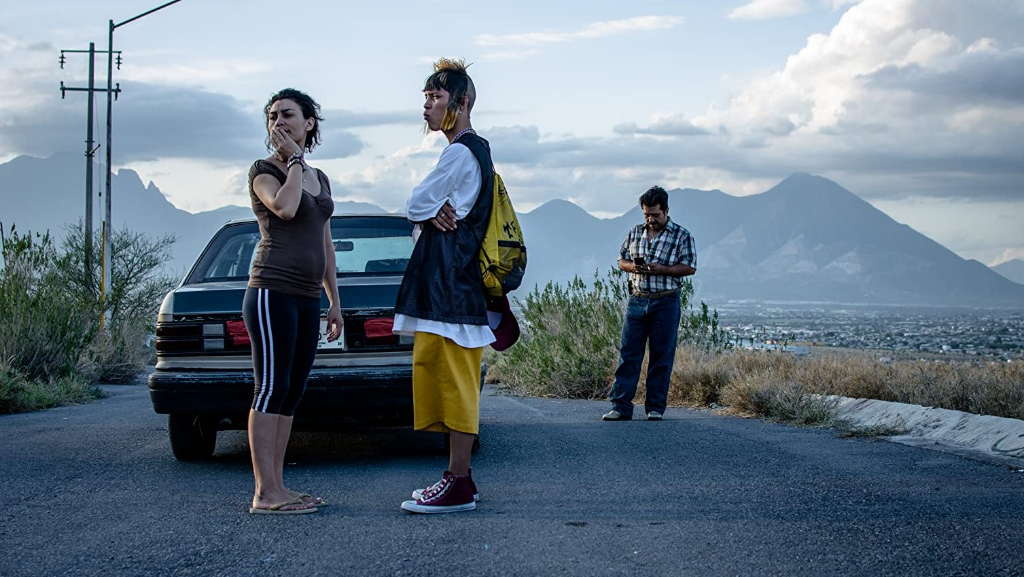Film Review: I’m No Longer Here (2020)



I’ve been fascinated with international youth subcultures for as long as I can remember. I love getting to know the ins and outs of these often beautifully extravagant segments of life that – if done correctly – are capable of drawing extreme scorn from authority figures everywhere simply by having the audacity to exist in the same space as “respectable” citizens. After all, what is a youth movement if it doesn’t piss off parents, right?

Often, these subcultures are amalgamations of multiple influences that converge into a perfect storm of fashion and music in a particular time and place, and serve as artistic and creative outlets for cast-off youth. Even more often, these richly nuanced cliques disappear soon after their initial splash is made – usually from either unwanted media attention (resulting in a watering-down process, followed by a surge of new interest with no fundamental understanding of original principles) or violence from outside sources (rivals, police, families, gangs, etc). One such group, the real-life Kolombians of Monterey, Mexico, is the focal point of Fernando Frías de la Parra’s endlessly absorbing film I’m No Longer Here – a must-see for every outcast and misfit who’s ever found a home in music, style, and culture.

With a deft eye towards cultural authenticity and determination, I’m No Longer Here tells the story of Ulises (sensational newcomer Juan Daniel Garcia Treviño), a teenage member of a Kolombian group known as the Terkos. Sporting carefully crafted, flamboyant hairstyles and clothed in uniquely styled outfits, the Terkos spend their days listening to deliberately slowed-down Cumbia music while relaxing with elaborately constructed dances. To outsiders, the Terkos look like a street gang, but their laid-back attitude is peaceful and non-violent. Misunderstood by most, Ulises and his friends navigate an increasingly violent city while maintaining strict adherence to their own personal expression and lifestyle – often at the expense of their own safety.

When a misunderstanding forces Ulises to flee Monterey, he finds himself adrift and alone in New York City. Speaking no English and isolated from his fellow Terkos, Ulises refuses to abandon his identity, again, often to his own detriment. Frías de la Parra cleverly tells the saga of the aptly named Ulises in two timelines (one in Mexico, one in New York), allowing a simultaneous examination of the culture he loves and the one he was forced to leave behind. As the film unfolds, parallels between the two settings emerge as Ulises grows both more despondent with his life in New York and saddened by the realization that the lifestyle he identifies with so intensely in Monterey is becoming progressively more dangerous and obsolete.

While certainly a story of immigrant alienation and hardship, where I’m No Longer Here really shines is in its ability to capture the very real need for acceptance on one’s own terms. Regardless of country of origin or the specifics of your chosen cultural tenets, the communities that mini-societies like the Terkos foster can be extremely strong-willed. What church groups and pearl-clutching parents often fail to understand about youth culture is that, even though these kids may look showy or vulgar and listen to strange music, these “phases” or “bad influences” are often what is saving them, not hurting them.

When you walk down the street and spy a group of teenage weirdos, what you are witnessing is a rejection of the hypocrisies found in a society that has failed them at every turn, and believe me when I tell you it is being done with intelligence and intention. These kids are not being stolen and they are not being brainwashed – they are simply exploring themselves and their interest in ways most parents never dared to do, and holy shit can I relate. The non-conformity Ulises displays takes great courage and heart, and I applaud him and every real-life kid out there who is brave enough to be themselves. I’ve got your back.
